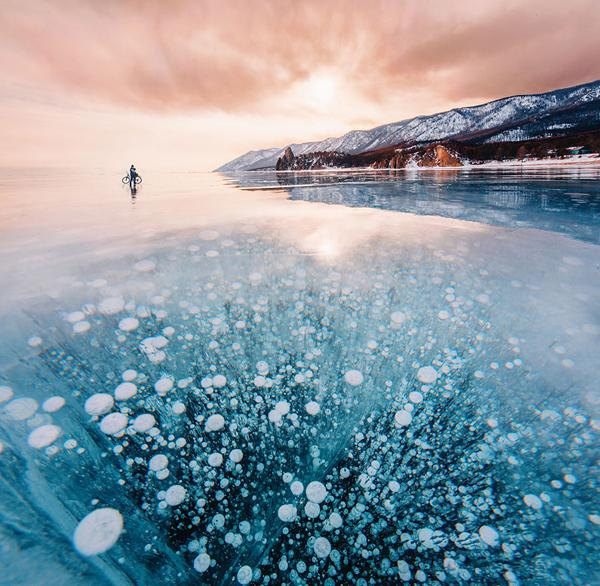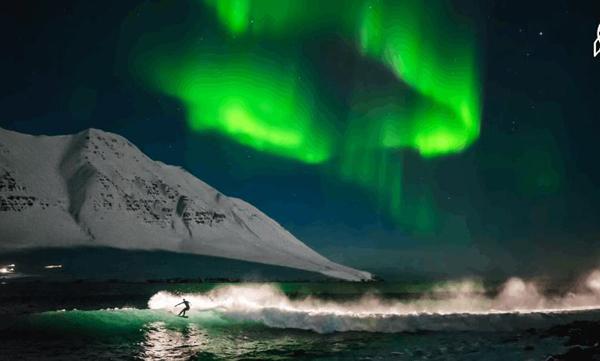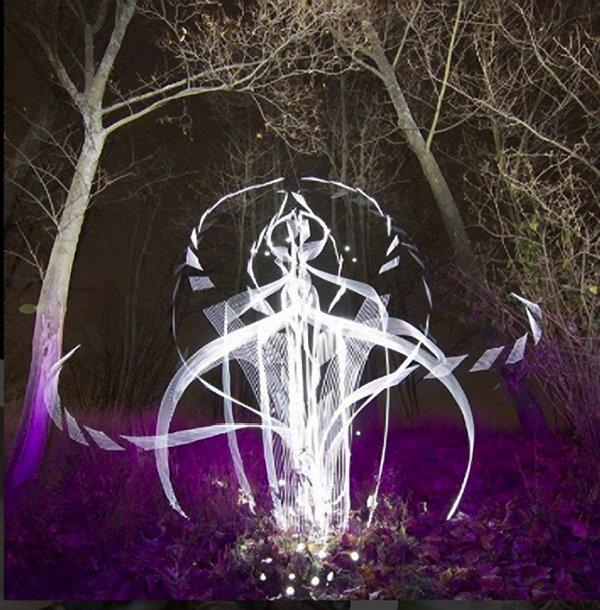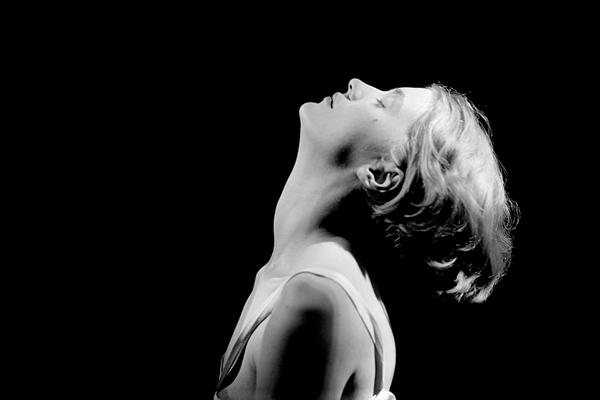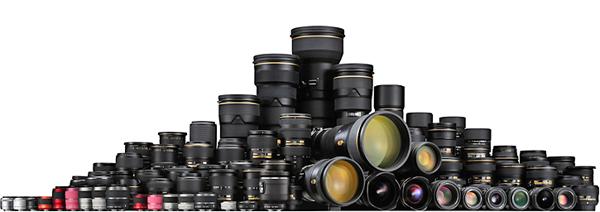|
Jan 18, 2017
|
Jan 18, 2017
|
Jan 17, 2017
|
Jan 17, 2017
|
Jan 17, 2017
|
Jan 13, 2017
|
Jan 13, 2017
|
Jan 13, 2017
|
Jan 12, 2017
